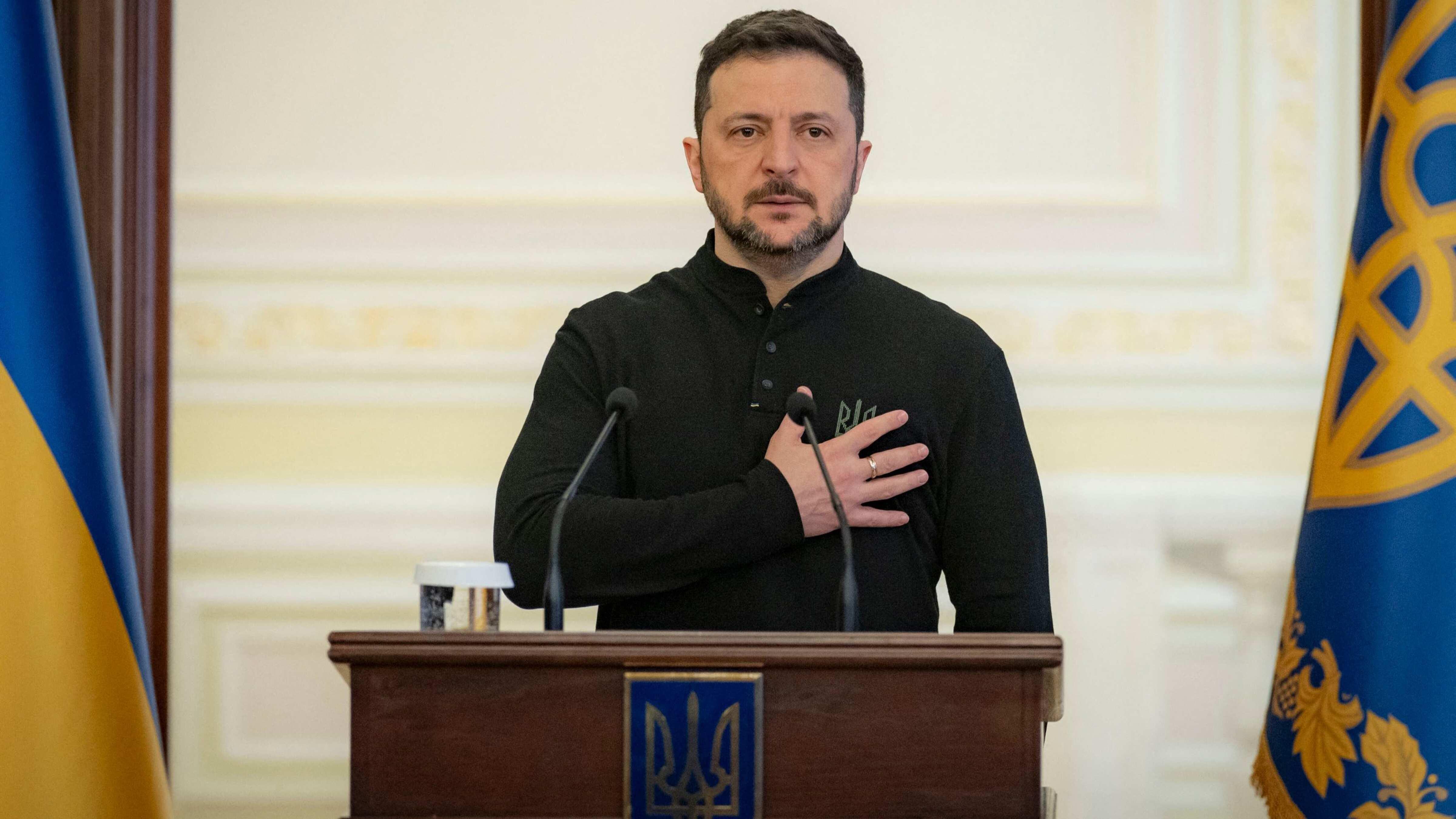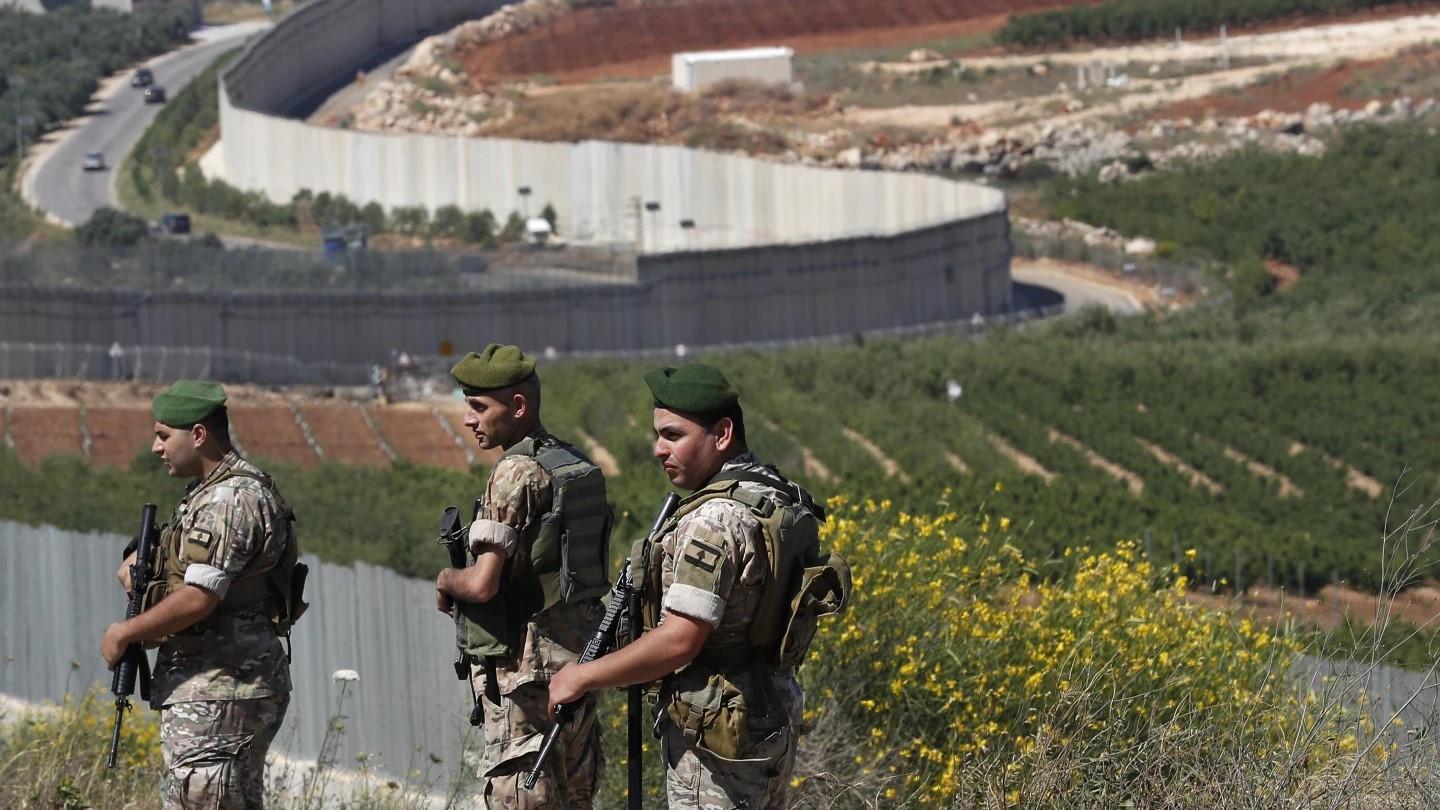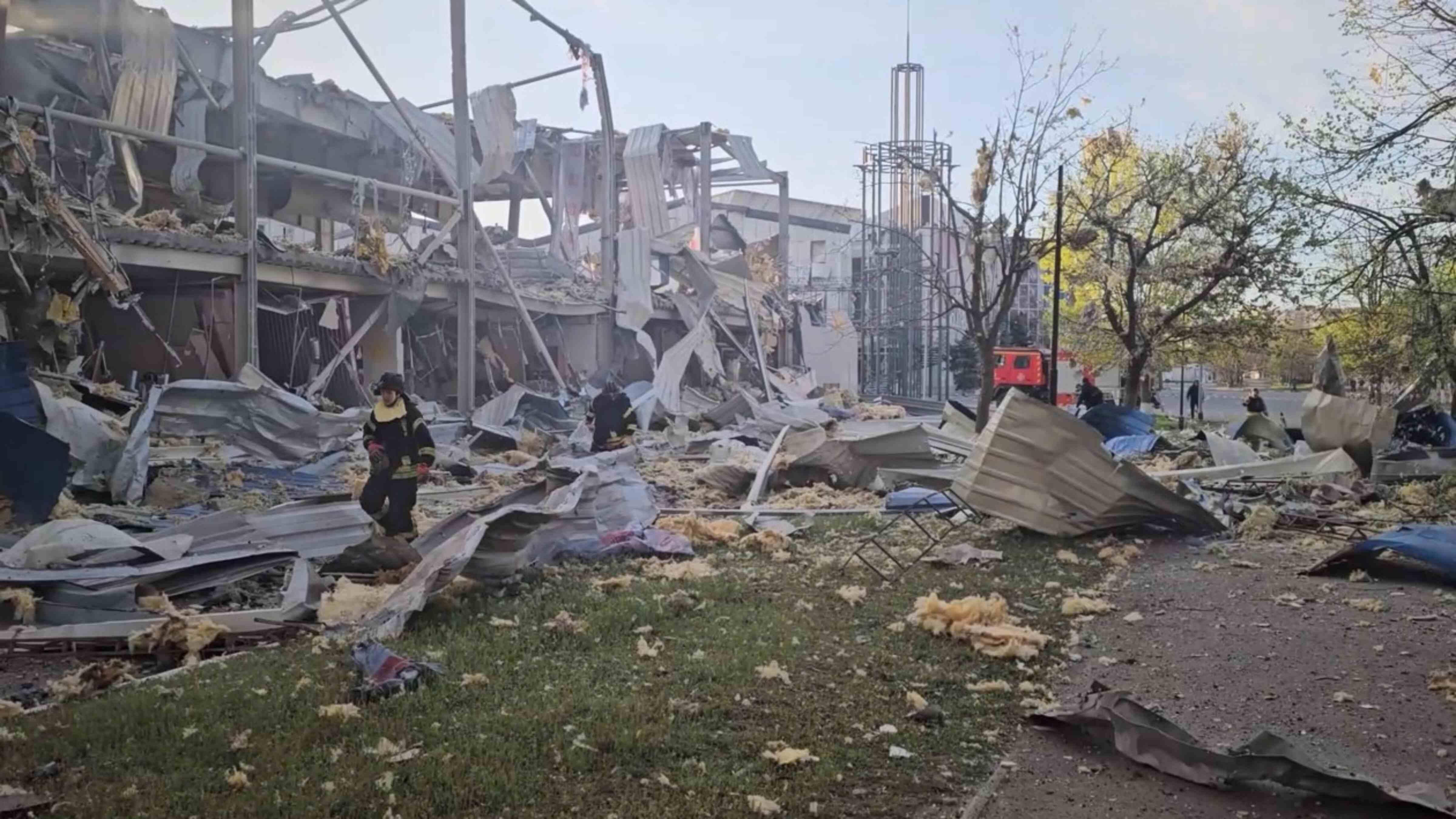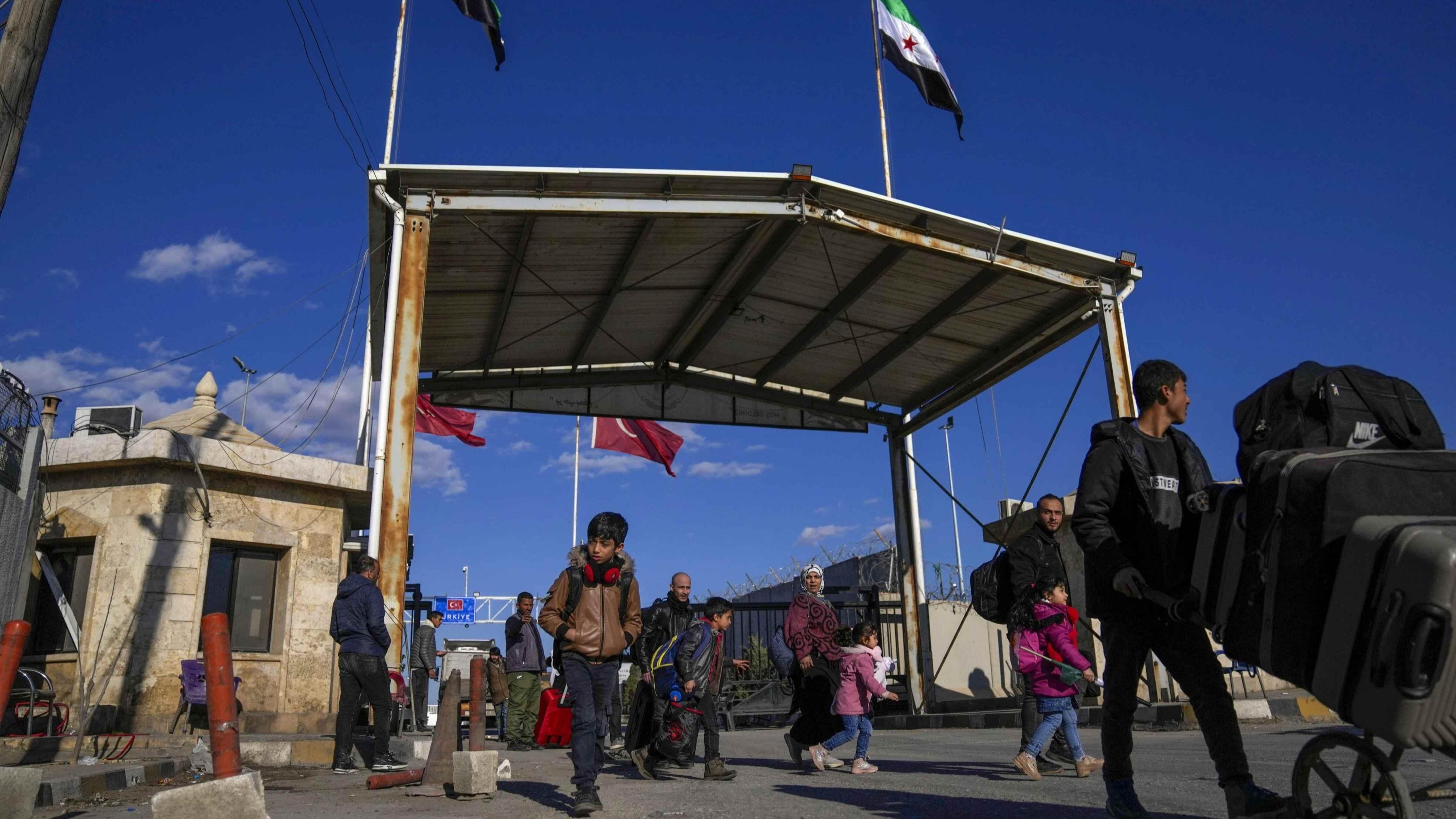The Arab Spring seven years on
In 1965, Harvard scholar Crane Brinton wrote a book called The Anatomy of Revolution, in which he traces the similarities of four great revolutions: the Glorious Revolution, the American Revolution, the French Revolution, and the Russian Revolution. Using the French Revolution as a blueprint, Briton divides these large revolutions into four phases: the rule of the moderates; the reign of terror and virtue; Thermidor; and the end of the revolution.
At first glance it seems impossible to compare the Arab Revolution with the French Revolution. The Arab Revolution has not been confined to one single country. Each country in the Arab world has witnessed its own history and chronology of events which has shaped it. However, there are more similarities than many would have expected.
If we look at the different phases of a revolution according to Brinton, we could make an easy comparison to Egypt. We could say that after the revolution, the “Rule of the Moderates” was the rule of the SCAF. The army tried to lead Egypt towards democratic elections, without too much chaos. As the Muslim Brotherhood won the elections of 2011 and 2012, they could take up the “Reign of Virtue,” but hardly the “Reign of Terror,” even though people in Egypt felt that they were ruled in a (Islamic) way they did not like. The Egyptian Thermidor would then be the second revolution of 30 June 2013, followed by the coup of el-Sisi on July 3rd. After one year of Adly Mansour’s interim-presidency and “White Terror” against the Muslim Brotherhood and other revolutionary activists, the election of Field Marshall Abdel Fattah el-Sisi with 96.1 percent of the vote signaled the end of the revolution or, the fourth phase of Brinton. Just like in the French Revolution, every single phase of the Egyptian revolution has had its own constitution.
Comparing the rule of Morsi with the rule of Robespierre seems to be unfair for Morsi and his Muslim Brotherhood, however, on the other hand, the fanaticism, the terror, and the choice between virtue or death does ring a bell when we compare it with the Islamic State of Iraq and the Syria (ISIS). Just like Robespierre and his Jacobins, ISIS installed a “Reign of Terror and Virtue” in Syria, Iraq, in Sinai, parts of Libya, Yemen, and Saudi Arabia.
The causes of the French Revolution are something that Crane Brinton does not discuss in his book. However, parallels can be drawn between the French Revolution and the Arab Revolution. The century prior to 1789 saw the population of France grow from 20 to 30 million. The economic and social system of France could not cope with the growing young and ambitious population. The system was also very corrupt; the few who could afford to buy a title or a function stood in contrast to the masses who could not. Aside from demographics and a socio-economic injustice, the younger generation aspired for more political freedom and political rights.
The reason why it took France so long to develop into a stable democracy in 1870 after the 1789 revolution was precisely the disconnect between the hopes and aspirations of the younger generations on the one side, and the fight between power elites who time and time again failed to deliver, on the other. That too is not different in the Arab world today. The hopes and aspirations of the younger generations are not gone. The revolution has probably only started and might continue for the years – and maybe decades – to come. The current situation in the Arab world does not look particularly hopeful, but if we were living in France in the late 1790s we would have been very pessimistic too. France took 86 years and 14 different constitutions to achieve its first stable democracy since its revolution. The Arab world deserves some more time before we conclude that democracy will never work there.
Koert Debeuf is the Director of the Tahrir Institute for Middle East Policy (TIMEP) Europe and Visiting Research Fellow at the Centre for the Resolution of Intractable Conflict, Harris Manchester College, University of Oxford. This is an abriged veriosn of the original article published in Turkish Policy Quaterly’s (TPQ) Fall 2017 issue.











